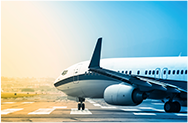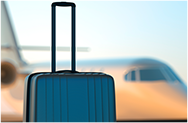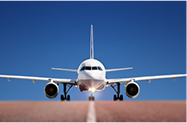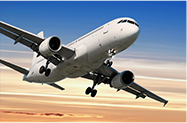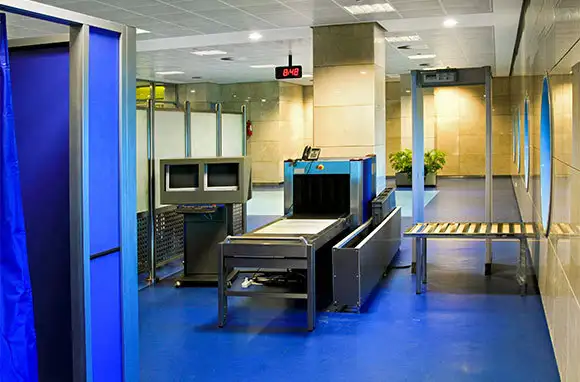
Standing in the airport security line is stressful enough. But what do you do when the agency entrusted with securing our skies actually forgets its own rules? It happens more often than you think. Here’s a primer on the six security protocols the TSA most often overlooks.
Image Gallery
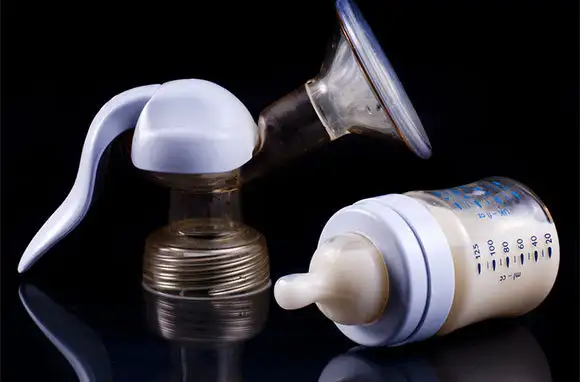
Breast Pumps Are Allowed
As we all learned from this horrible story, TSA agents sometimes just make up their own rules. A nursing mother was told by a TSA agent that she couldn't bring a breast pump with empty milk bottles on board the plane, and she was forced to pump in a public bathroom to fill the bottles. The TSA apologized and reiterated that breast milk and breast pumps are allowed to be carried onboard.

Breast Pumps Are Allowed
As we all learned from this horrible story, TSA agents sometimes just make up their own rules. A nursing mother was told by a TSA agent that she couldn't bring a breast pump with empty milk bottles on board the plane, and she was forced to pump in a public bathroom to fill the bottles. The TSA apologized and reiterated that breast milk and breast pumps are allowed to be carried onboard.
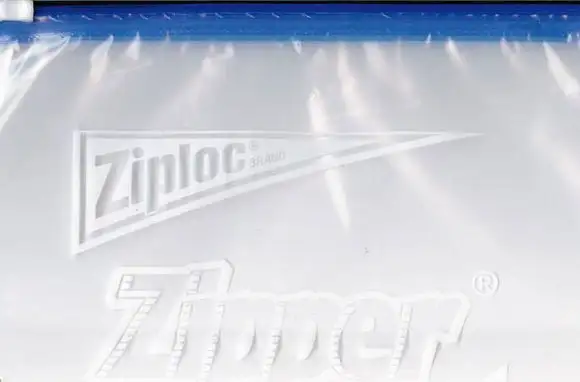
The 3-1-1 Rule Is Actually 3.4-1-1
It's not as catchy, but every flyer is actually allowed to carry on 3.4-ounce (100-mL) bottles of liquid, as long as they all fit in one quart-sized zip-top bag. We've argued with TSA agents over bottles that look big but are actually 3.4 ounces. When buying travel-sized bottles, try to make sure the volume is clearly marked on the outside to eliminate any confusion.
Similarly, not all agents appear to be enforcing another element of the same rule: The TSA isn't likely to call a bag search on you even if you forget to take your baggie of liquids out of your suitcase, as long as your liquid containers appear small enough. (Likewise if you have something like liquid makeup or a gel deodorant that you forgot to put in your liquids bag.)
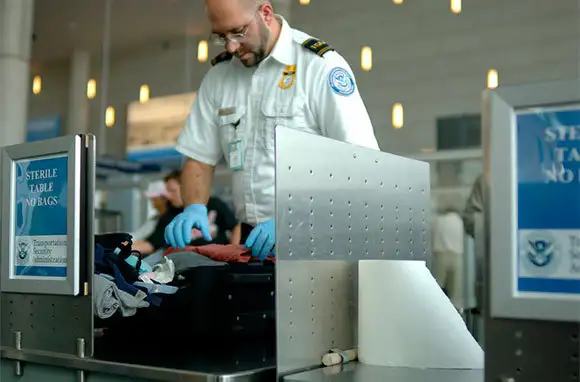
Flyers Should Be Treated with Respect
The TSA website states: "Our current policies and procedures focus on ensuring that all passengers, regardless of their personal situations and needs, are treated equally and with the dignity, respect, and courtesy they deserve." But we wouldn't count on the TSA to follow this rule, especially during peak travel times.
On a recent flight through JFK Airport, we saw a TSA agent scream and swear at flyers for the following "offenses": having carry-on luggage that didn't fit in the "bag sizer" and moving too slowly through the line. We also witnessed an agent yelling, to no one in particular, that she "hates her job!"
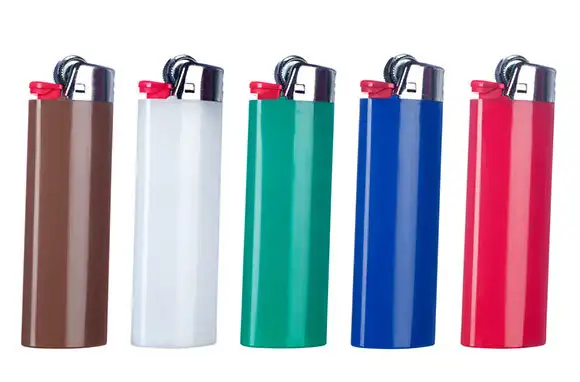
Lighters Are Allowed
The TSA lifted the ban on regular lighters in 2007, but it seems that some TSA agents didn't get the memo, as we see these get confiscated all the time. (Note that only standard small lighters are allowed.) If an overzealous agent tries to take yours, pull up the TSA website on your phone and show them that it is, in fact, allowed in your carry-on.

Flyers Can Request a Private Screening
It slows down the line and requires extra effort from TSA agents, so you may get some grief. But you do have the right to request to be screened in a private area. Here are a few things you should know about your rights regarding patdowns (from the TSA website):
- The patdown should be conducted by an officer of the same gender. Sometimes, passengers must wait for an officer of the same gender to become available.
- A passenger can request a private screening at any time and a private screening should be offered when the officer must pat down sensitive areas. During a private screening, another TSA employee will also be present and the passenger may be accompanied by a companion of his or her choosing.
- A passenger may ask for a chair if he or she needs to sit down.
- A passenger should not be asked to remove or lift any article of clothing to reveal a sensitive body area.
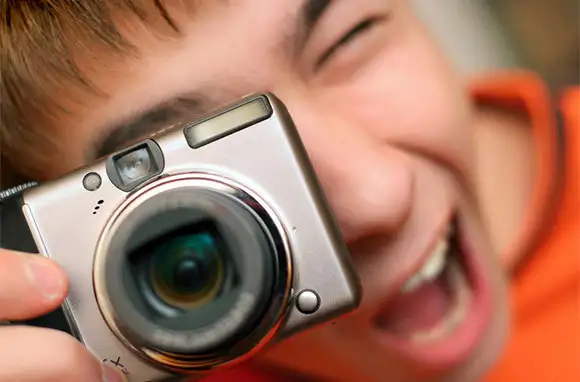
Photos And Filming Are Allowed (Sometimes)
This rule's a bit tough, but it's important to know that the TSA does not have a general ban on taking pictures or filming at checkpoints, even though agents are always quick to shut it down. However, local laws may make it illegal, so if you're intent on documenting, check the local laws of the city the airport is in before you fly.
The TSA website states: "TSA does not prohibit the public, passengers, or press from photographing, videotaping, or filming at security checkpoints, as long as the screening process is not interfered with or slowed down. We do ask you to not film or take pictures of the monitors. While the TSA does not prohibit photographs at screening locations, local laws, state statutes, or local ordinances might.
Taking photographs may also prompt airport police or a TSA official to ask what your purpose is. It is recommended that you use the Talk to TSA program to contact the customer-support manager at the airport to determine its specific policy."
More From Smartertravel:
We hand-pick everything we recommend and select items through testing and reviews. Some products are sent to us free of charge with no incentive to offer a favorable review. We offer our unbiased opinions and do not accept compensation to review products. All items are in stock and prices are accurate at the time of publication. If you buy something through our links, we may earn a commission.
Related
Top Fares From
Today's Top Travel Deals
Brought to you by ShermansTravel
France: 8-Night Paris, Avignon & Nice...
Infinity Worldwide Vacations
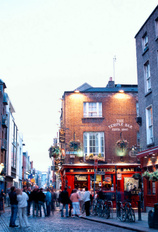 vacation
$2880+
vacation
$2880+
Poconos: 3 Nts in Garden of...
ResortsAndLodges.com
 hotel
$305+
hotel
$305+
7-Nt Canada & New England Cruise,...
Princess Cruises
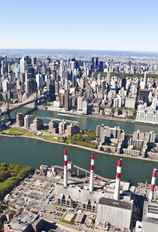 cruise
$839+
cruise
$839+
